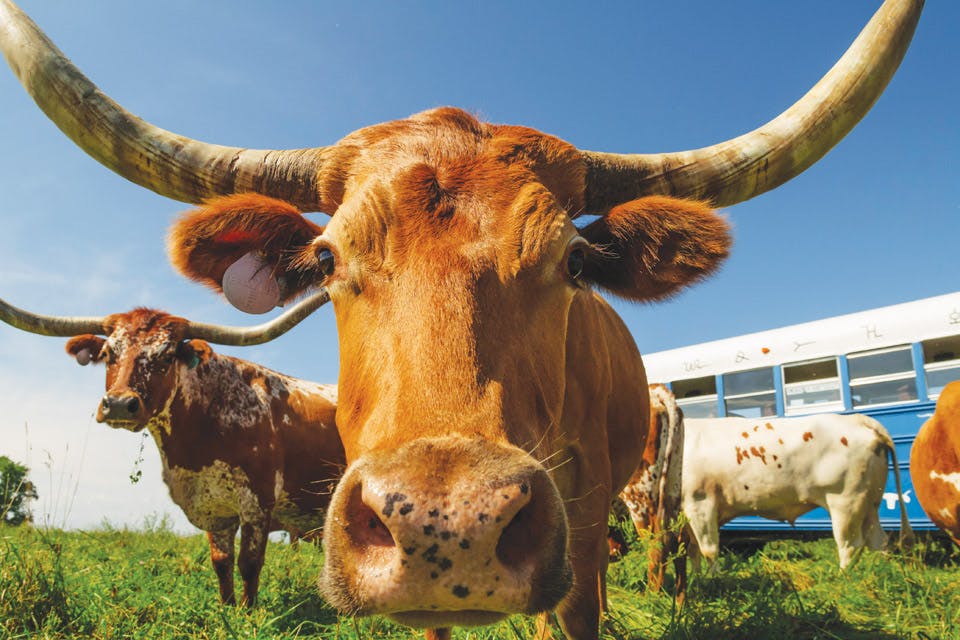Travel
Passenger Pigeon Memorial, Cincinnati
The Cincinnati Zoo & Botanical Garden pays tribute to the last of a species.
Related Articles

How Lights Out Cleveland Is Helping Save Birds
Glowing city skylines are an alluring sight, especially if you're a migrating bird. But an epidemic of collisions with buildings has led groups across Ohio, including Lights Out Cleveland, to form rescue squads and help raise public awareness about the problem. READ MORE >>

Roadside Ohio: Wildlife & Natural Wonders
Immerse yourself in Ohio’s natural beauty, from wildlife encounters with rescued birds at the Ohio Bird Sanctuary or marveling at the stunning rock formations of the Ohio Caverns. READ MORE >>

Roadside Ohio: Unusual Museums and Objects
From neon signs and vintage televisions to troll dolls and cardboard boats, explore these truly one-of-a-kind exhibits. READ MORE >>



